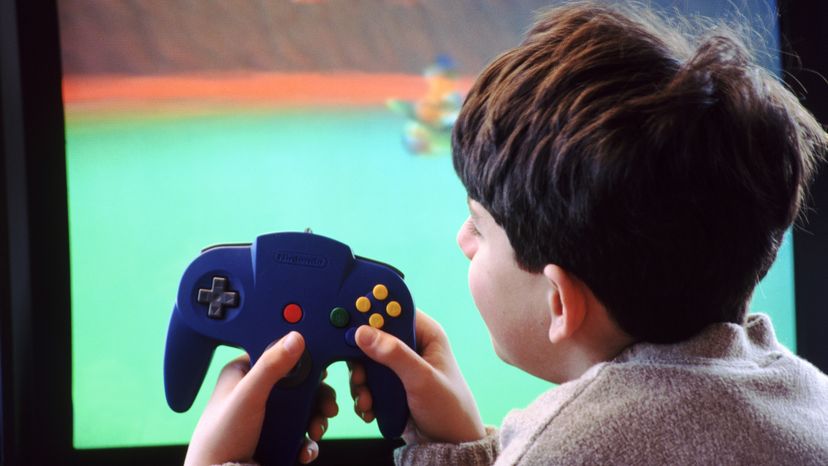
When it comes to video games, Nintendo is the oldest player in town and I mean that quite literally. The company entered the industry in the 1970s, but has actually been around for more than 125 years, beginning life as a card and toy manufacturer long before making the jump to video games. Any company with that kind of longevity is bound to have some fascinating history behind it and Nintendo is no exception, to the point where an entire book was written about their competition with Sega in the early 90s. Still, there’s much more to the company’s history than one console war and I’ve collected 20 fascinating bits of trivia about the company and its games that you can pull out at the next party you go to and alienate yourself from everyone in the room (just kidding!).
Here are 20 things you probably didn’t know about Nintendo, starting with:
Advertisement